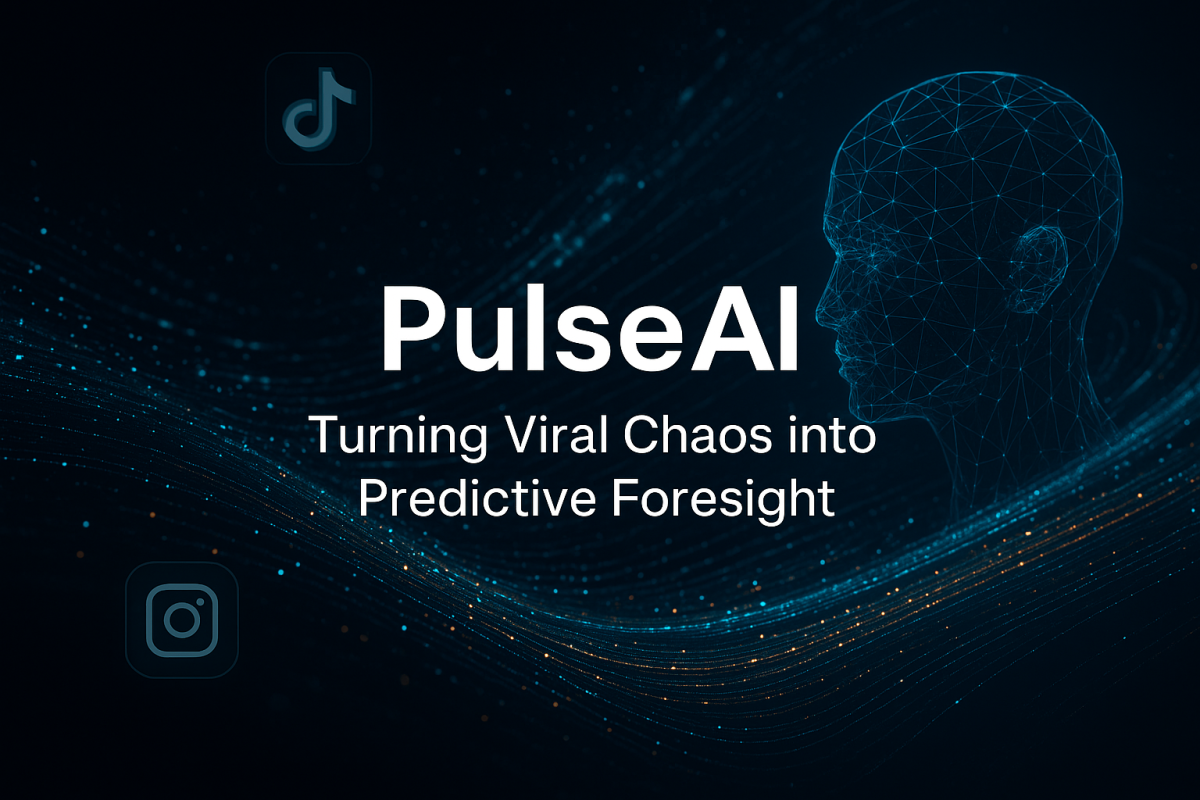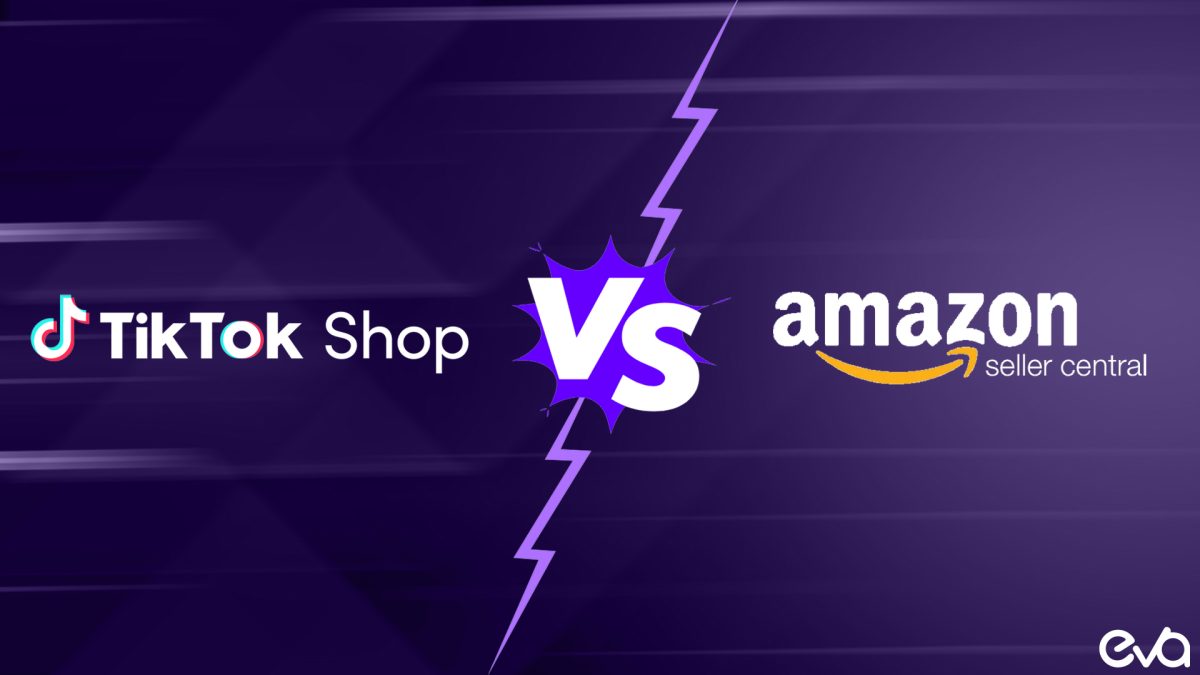In a world where a single viral video can transform an obscure product into the next global must-have product, predicting consumer behavior has never been more difficult or more valuable to firms. Traditional analytics tools still look backward, summarizing what has already happened. PulseAI changes that.
PulseAI is a Generative AI-powered forecasting platform that enables companies to anticipate and act on short-term demand spikes driven by social media trends. By integrating GenAI into predictive analytics, the platform transforms descriptive reports from various social media platforms into real-time, prescriptive insights, helping businesses move from reaction to anticipation.
At its core, PulseAI functions as an ecosystem driver in the B2B SaaS analytics market. It connects data providers, brands, and marketing agencies through a networked platform where every new participant strengthens the whole system. The more users contribute data, the smarter the AI becomes in continuously improves prediction accuracy. This network effect not only enhances performance but also forms PulseAI’s strategic defensibility against imitators.
Economically, PulseAI operates within the information-goods model: high initial development costs but near-zero marginal costs for serving additional clients. To capture value efficiently, the platform uses a tiered versioning strategy similar to leading SaaS firms such as ChatGPT. Clients can choose between Basic, Standard, and Premium tiers, aligning price directly with the level of GenAI capability and business impact delivered. This ensures that companies deriving greater financial benefits through improved forecasting, reduced costs or increased revenue also contribute proportionally to PulseAI’s growth.
The expected impact is both operational and strategic. Brands gain the ability to anticipate consumer demand in real time, reducing stockouts and overproduction that cost the global retail sector over $1.2 trillion annually (IHL Group, 2023). Faster, data-driven decisions translate into measurable efficiency gains, stronger brand relevance, and higher customer satisfaction. Early adopters of PulseAI’s solution can expect not only better forecasting but also gain a competitive edge in terms of timing, responsiveness, and agility.
However, success will depend on addressing key challenges. Data quality and ethical governance are critical to ensure transparency and compliance with evolving regulations such as the EU AI Act (Bublitz et al., 2024). In addition, PulseAI must continuously innovate its predictive models to preserve differentiation and maintain trust through proven financial results.
Ultimately, PulseAI illustrates how Generative AI redefines analytics: from descriptive to prescriptive, from insight to action. By transforming online signals into immediate, economically optimized decisions for businesses, it bridges the gap between digital noise and strategic foresight, thereby helping organizations turn uncertainty into opportunity.
Authors are the members of Information Strategy Team 38
References:
Bublitz, C., Molnár-Gábor, F., & Soekadar, S. R. (2024). Implications of the novel EU AI Act for neurotechnologies. Neuron. https://doi.org/10.1016/j.neuron.2024.08.011
IHL Group (2023) Inventory Distortion Worldwide: Franklin, TN: IHL Group. Available at: https://blueyonder.com/resources/retail-inventory-distortion-report



